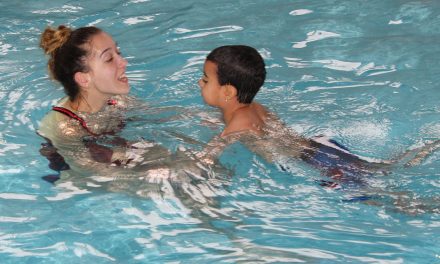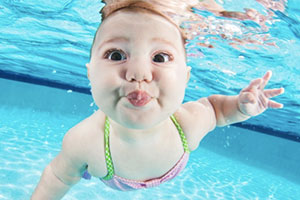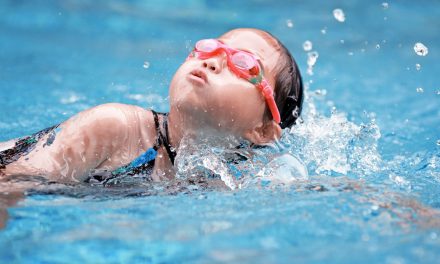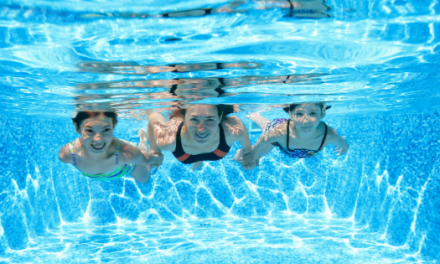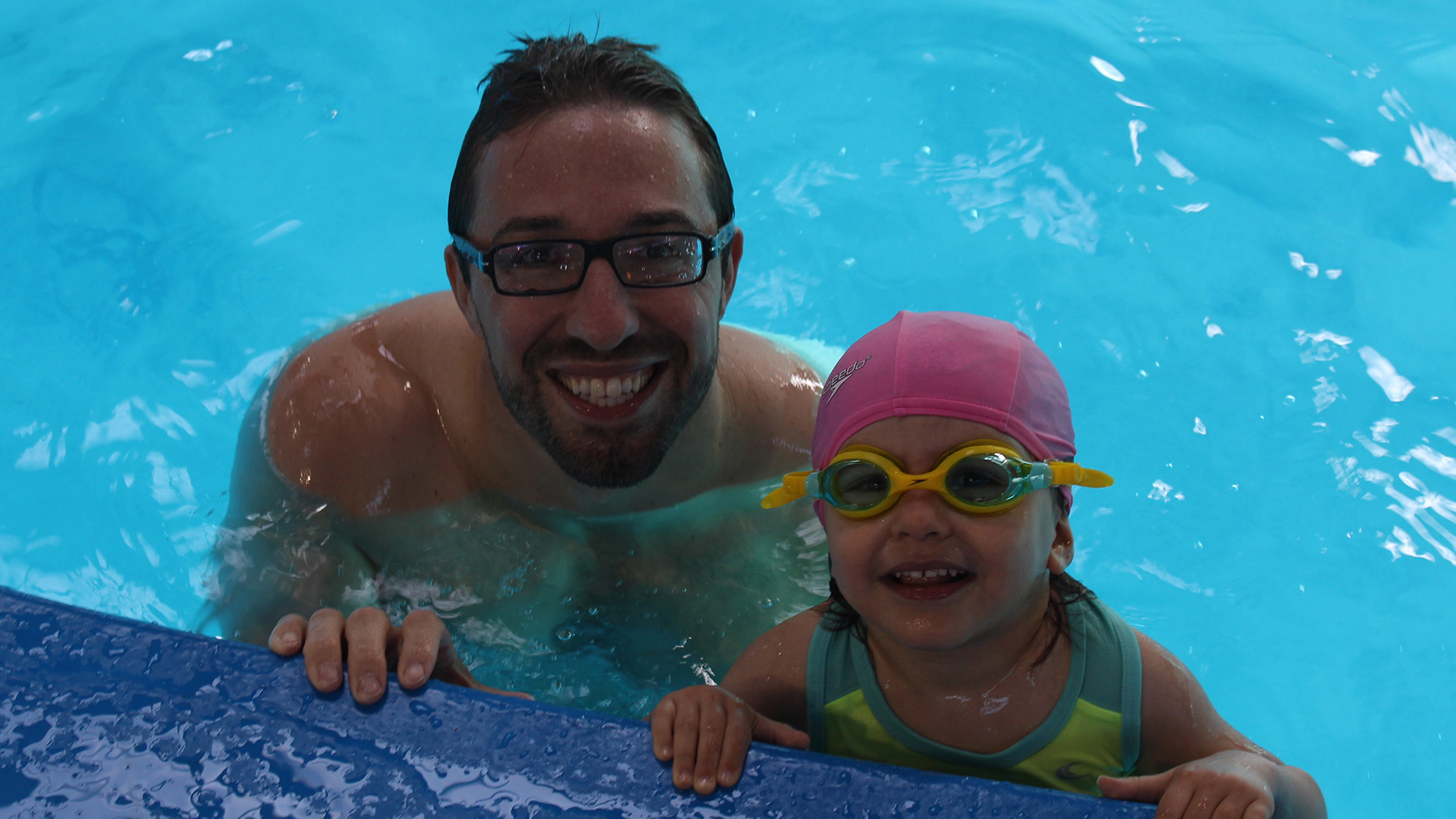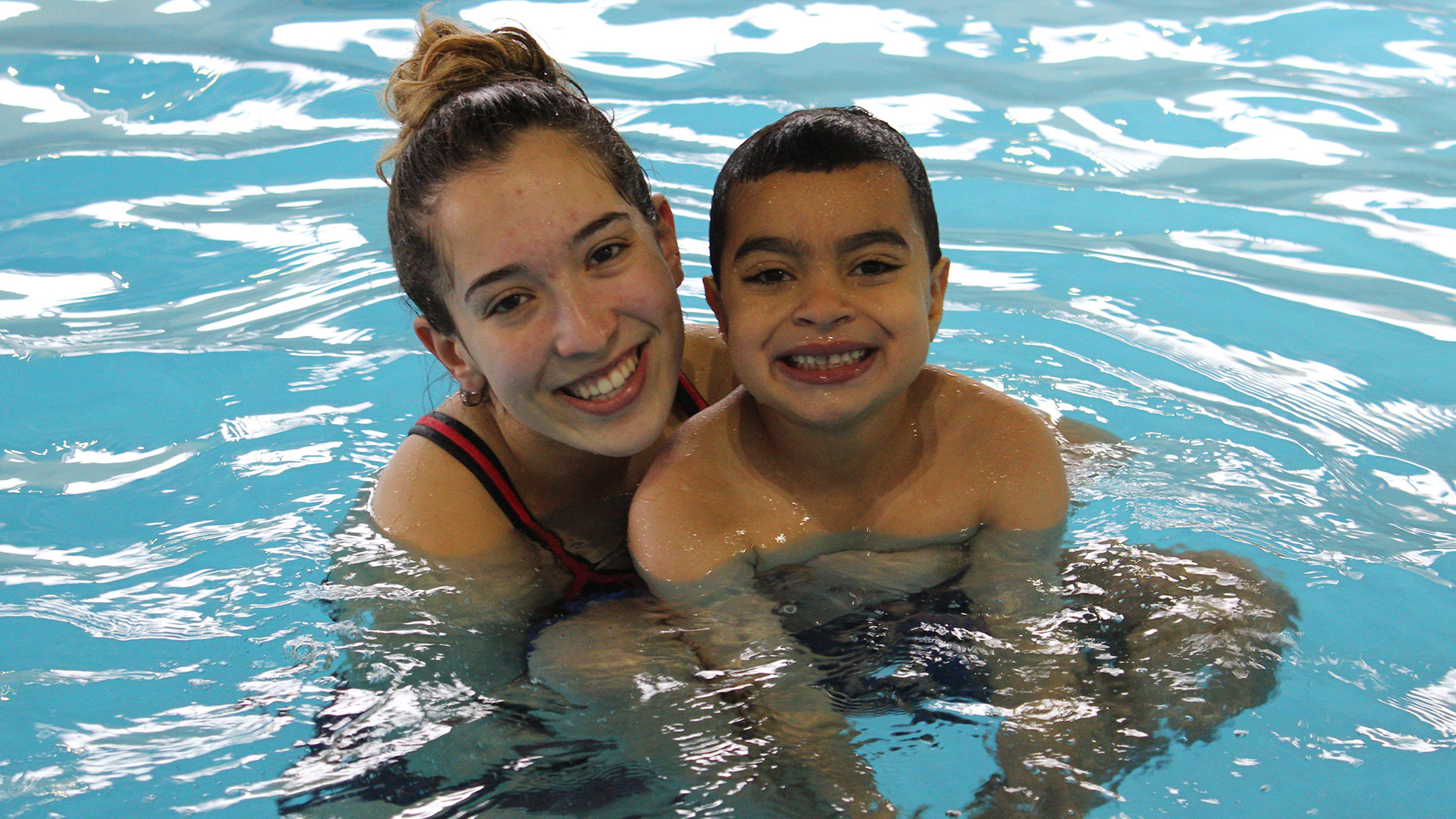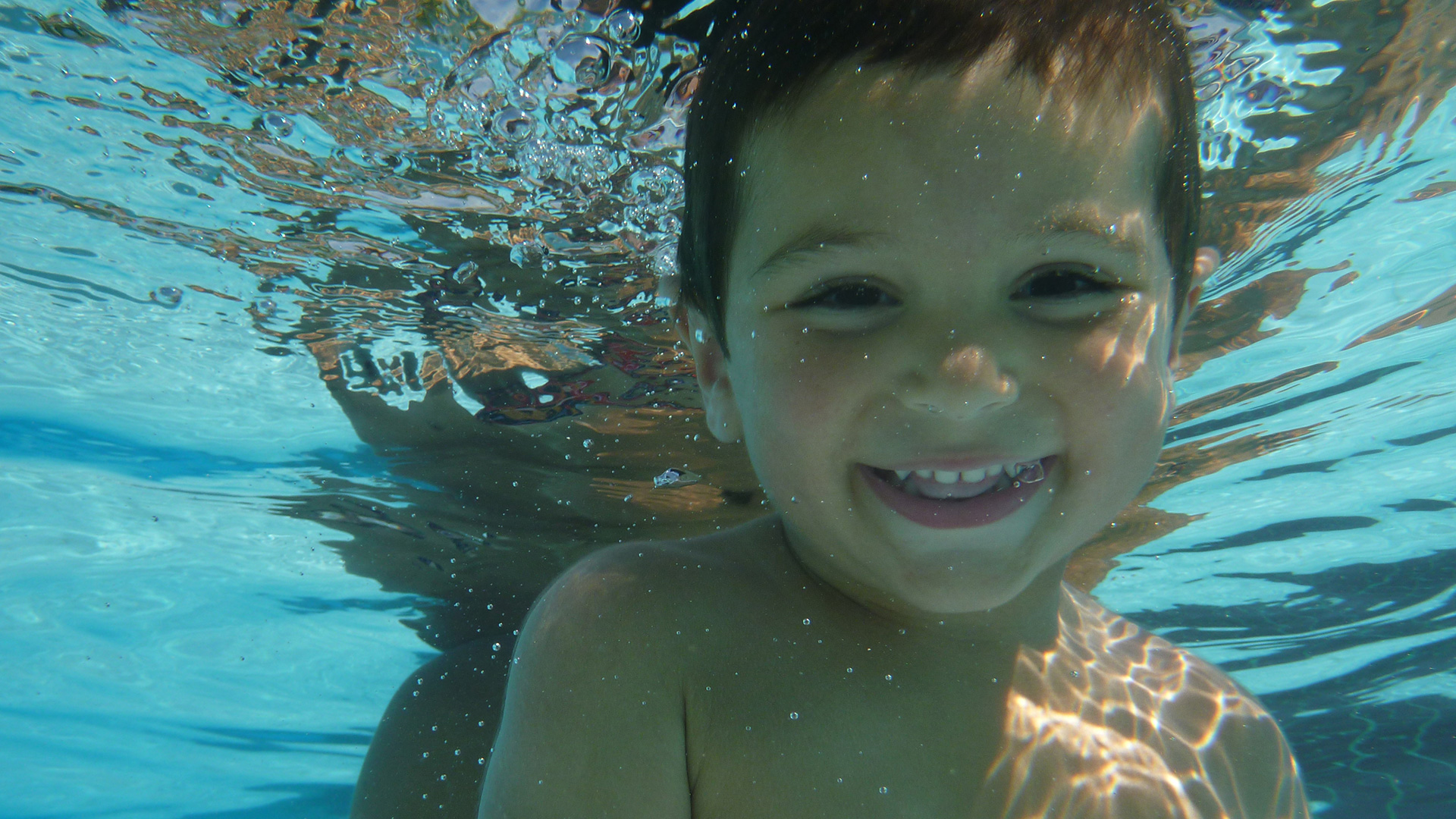Our swim club, like all other swim clubs, and for that matter most other sports and fitness enterprises, were forced to shut their doors around March 12-16, when quarantine measures were being put into place to slow the spread of covid-19.
Fortunately, as of writing this today April 12, there is finally a glimmer of hope on the horizon, with provinces reporting ‘flattening of the curve’, infection rates stabilizing, other countries starting to reopen economies and loosen quarantine rules.
With this hope inspiring some confidence, now is a good time to assess what the return to work might look like for the swimming lesson industry. I made three important assumptions to provide the foundation for this analysis. First, that a return to work would only occur once the health authorities give express permission to resume instructional activities, including and specifically swimming- we will refer to the moment as the ‘restart’. Second, that the general population, despite the loosening of quarantine rules, initially would remain highly hesitant to resume in-person contact (aka quarantine habits would linger). Finally, that swimming will remain an essential and desired activity for many families, given that summer is approaching and that drowning represents the primary cause of accidental deaths for kids 5 years and younger.
Safety will be essential
All recreational companies will have to demonstrate an acute focus on safety, meeting or exceeding health regulations in response to covid-19. Measures will have to be put in place to assure the health & wellness of employees, as well as on-site procedures for clients and staff to minimize risk of any possible transmission. Companies will have to be able to guarantee the health of their employees, that they are not carrying the covid-19 virus. At-home test kids, which not commercially available at the time of this writing, will be available soon and would present the ideal preventative measure. Employees should be required to pass this at-home test before reporting to work. In the absence of direct-covid testing, instead testing for fever, as well as completing a health report and performing frequent on-site washing of hands and sanitizing of surfaces would sufficiently minimize risk.
Companies would also need to establish contingency plans to react quickly should an employee, client, or member of the establishment be diagnosed with the virus. Finally, transparency would be key throughout the restart process, with clients being kept up to date with news and developments, to build and maintain the trust of everyone involved.
At-home services will likely dominate at restart
We have seen the emergence of remote services during quarantine. Companies which already offer remote services (Zoom) have blossomed, while virtually every other company has scrambled to make their services available online. I think it is unreasonable to assume that virtual services will quickly yield all their market share back to in-person services upon restart. Rather, there will probably be a gradual transition back to in-person, group services, with online and remote services permanently retaining some market share.
People will still be reluctant to leave the safety of their home even once health authorities deem it is safe to do so. Thus, at-home services will probably be the first type of in-person activity to resume. At-home instruction, coaching, teaching and services in general will be in high demand at restart. For the swim industry, with summer approaching it mean that at-home swimming lessons will become a highly sought-after service. Private swim companies that offer at-home services and that can implement strict safety protocols and thus reassure clients the best will dominate the market upon restart.
Private lessons and small groups to follow
As restrictions continue to ease and public and private recreational facilities start to reopen, public confidence will start to grow. Families will start gravitating back towards pre-covid activities, albeit with some wariness for groups and interaction. Thus, when parents to start returning to private & public facilities for their sports and activities, they will likely favor private classes or small groups.
Private classes would offer the ideal scenario, with no other kids in the class. In addition to reducing transmission risk for your child, running private classes would reduce the number of people on-site, with less families being present at the same time. Private classes also permit and encourage instructor-to-client communication, building the relationship and the trust clients would have in the organization’s capacity to offer safe swim classes.
Small groups (ideally two-to-ones, three-to-ones), would likely increase in popularity more slowly and as the situation continues to improve. People will likely remain hesitant to group their kids with the kids of strangers, this even despite precautionary measures, but confidence in these classes should improve over time.
Will we see large-group swim classes again?
Yes, but this will likely be the last type of swim class to re-appear, and parents will likely be most hesitant to sign their kids up. As large group classes typically take place at busy municipal, aquatic and recreational centers, there will be higher risk due to the very public nature of these facilities. Rest assured however that health authorities will provide measures for these organizations as well.
Until a vaccine becomes available, we will likely see parents favor at-home and private classes, where there are no other unknown participants (aside from the instructor). As time goes on and public confidence grows, we will see a gradual return to pre-covid swimming programs, albeit with a greater focus on safety and transmission-prevention.



